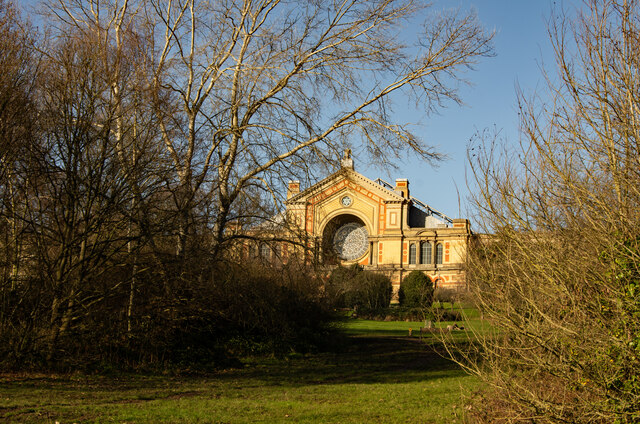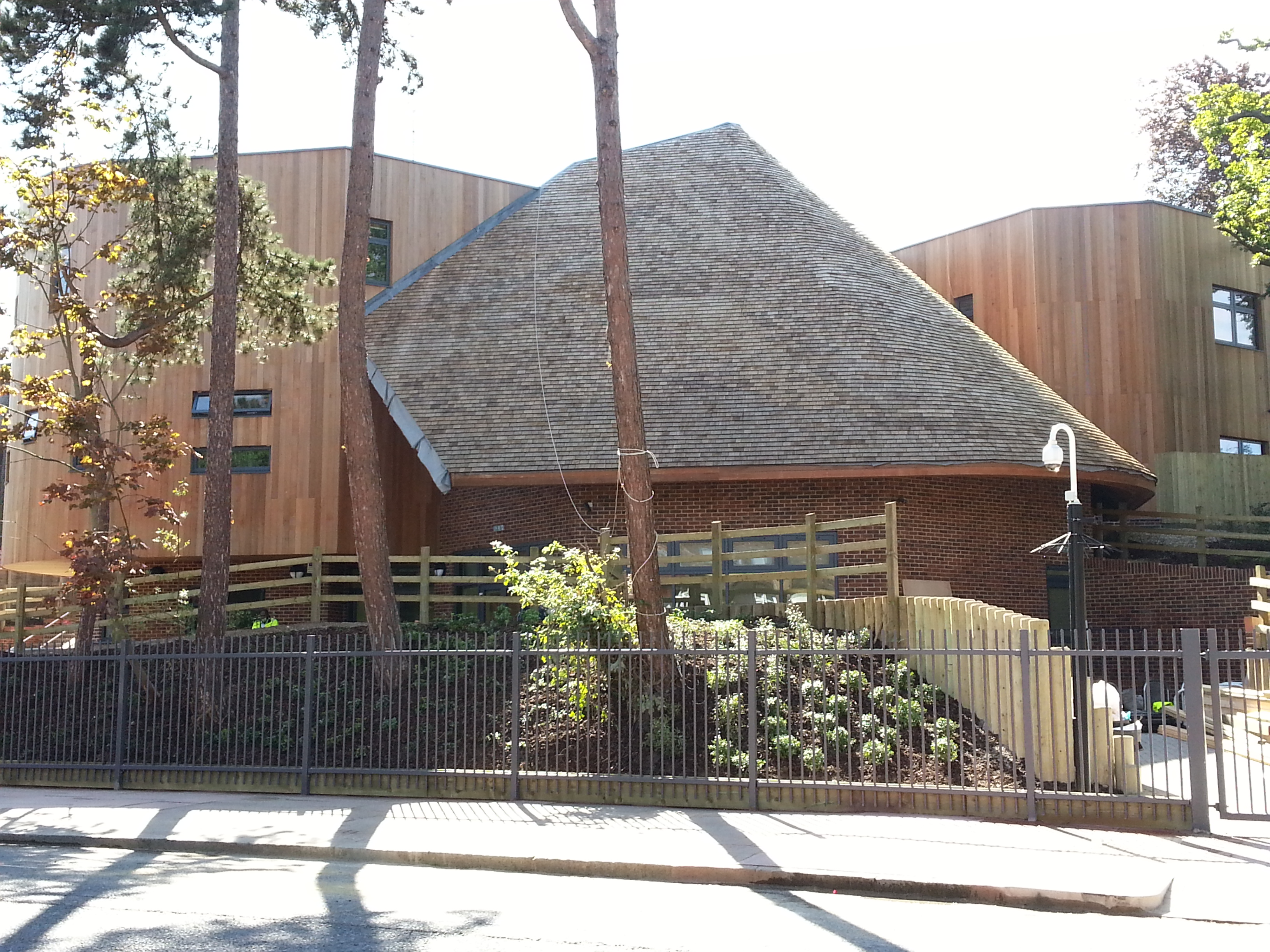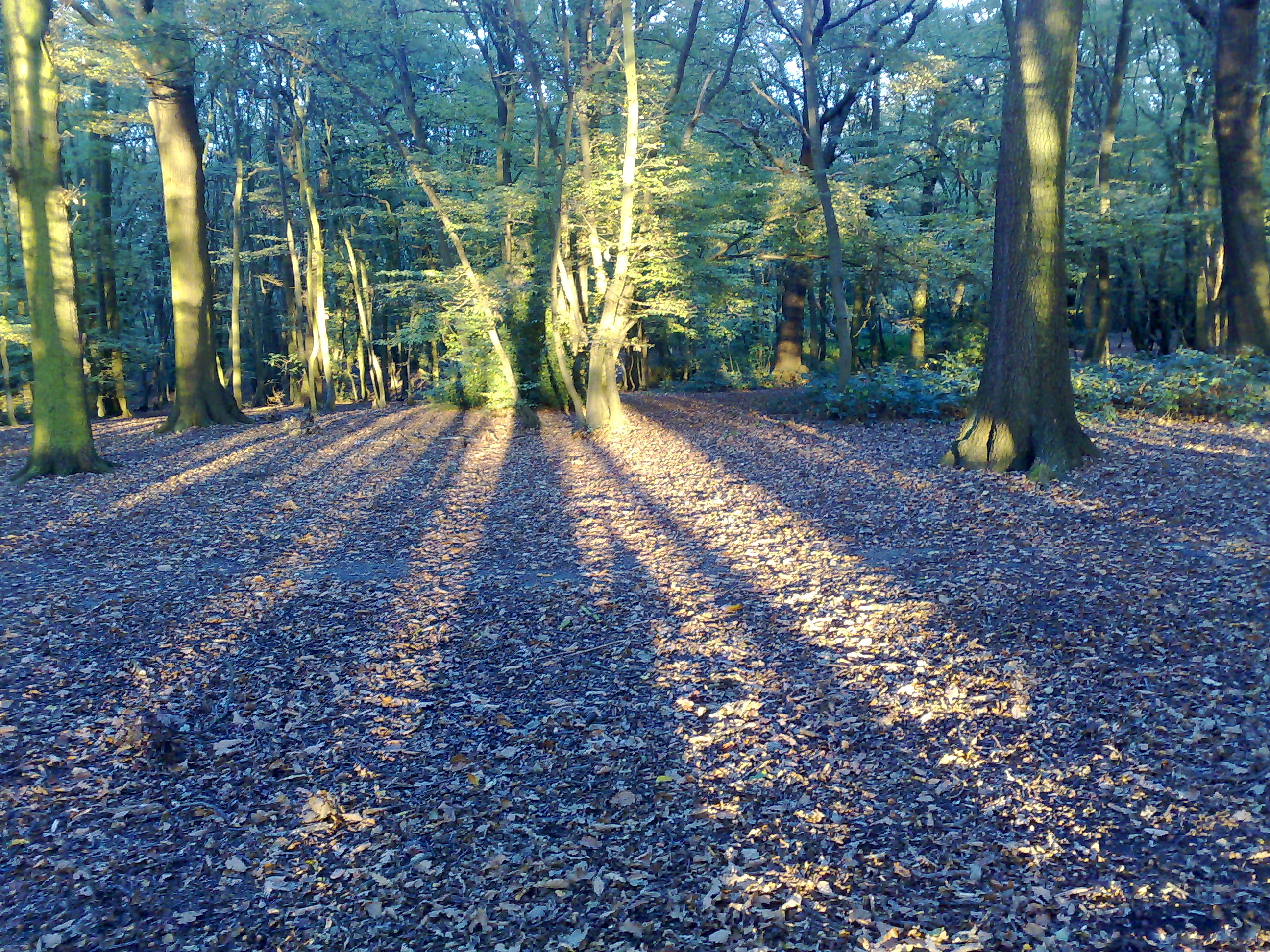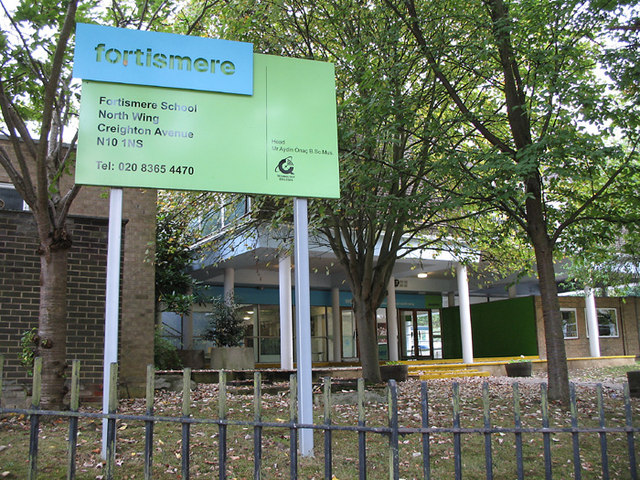Coldfall
Settlement in Middlesex
England
Coldfall

Coldfall is a suburban area located in the London borough of Haringey, in the historic county of Middlesex, England. Situated approximately 6 miles north of central London, Coldfall is a predominantly residential neighborhood known for its leafy streets and quiet atmosphere.
The area is characterized by a mix of housing types, including Victorian and Edwardian terraces, as well as more modern developments. Many of these homes are sought-after due to their proximity to green spaces and excellent transport links. Coldfall is bounded by Muswell Hill to the west, Bounds Green to the east, and East Finchley to the north.
One of the key features of Coldfall is Coldfall Wood, a local nature reserve and ancient woodland. Covering an area of approximately 14 hectares, the wood is a popular destination for residents and visitors alike, offering opportunities for walking, jogging, and exploring nature.
In terms of amenities, Coldfall has a number of local shops, cafes, and restaurants, providing residents with convenient access to everyday necessities. Nearby, Muswell Hill offers a wider range of shopping and dining options, including high street chains and independent boutiques.
The area benefits from excellent transport links, with several bus routes serving the neighborhood and connecting it to nearby underground stations, including East Finchley and Bounds Green. Coldfall is also within easy reach of major road networks, such as the North Circular and A1, providing convenient access to other parts of London and beyond.
If you have any feedback on the listing, please let us know in the comments section below.
Coldfall Images
Images are sourced within 2km of 51.595129/-0.15612783 or Grid Reference TQ2790. Thanks to Geograph Open Source API. All images are credited.







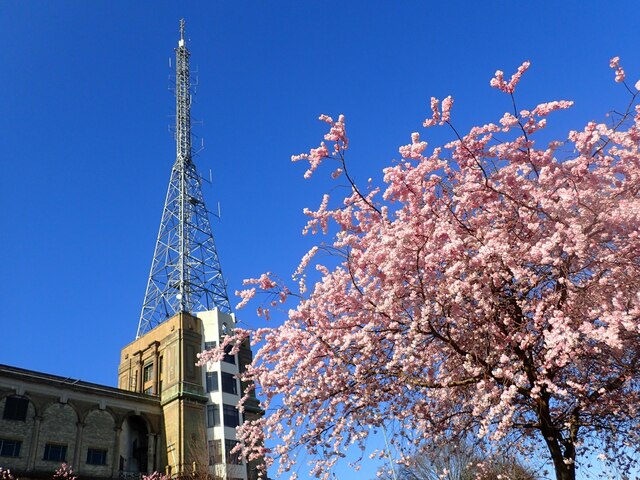
Coldfall is located at Grid Ref: TQ2790 (Lat: 51.595129, Lng: -0.15612783)
Unitary Authority: Haringey
Police Authority: Metropolitan
What 3 Words
///pens.sleeps.rivers. Near Wood Green, London
Nearby Locations
Related Wikis
Eden Primary School, Muswell Hill
Eden Primary School is a cross-communal Jewish Primary school or Jewish day school in Muswell Hill, in the borough of Haringey, North London, UK, catering...
Coldfall Wood
Coldfall Wood is an ancient woodland in Muswell Hill, North London. It covers an area of approximately 14 hectares (35 acres) and is surrounded by St Pancras...
Tollington School
Tollington School (1901-1967) was a selective, coeducational grammar school in Muswell Hill, London, England. For the present school on this site, see...
Fortismere School
Fortismere School (simply referred to as Fortismere) is an 11–18 mixed, foundation secondary school and sixth form in Muswell Hill, Greater London, England...
Nearby Amenities
Located within 500m of 51.595129,-0.15612783Have you been to Coldfall?
Leave your review of Coldfall below (or comments, questions and feedback).








